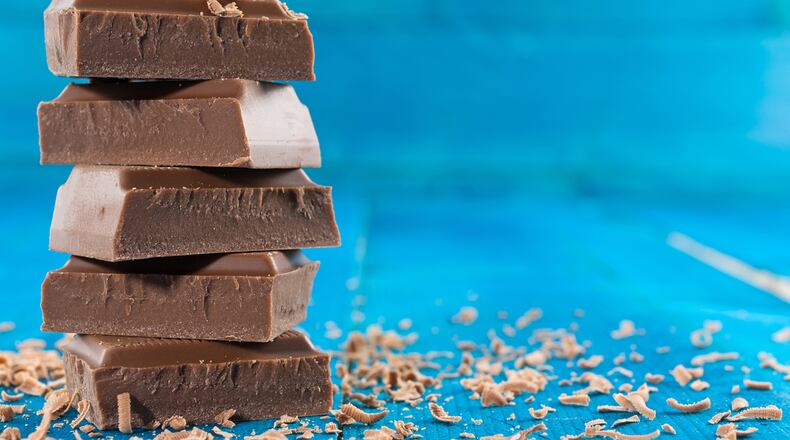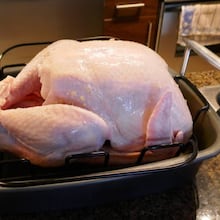Ugly chocolate Christmas candies were the “aha” moment that turned a holiday treat into a lab experiment for Jessica Chastain’s middle school students.
About 14 years ago, Chastain, a veteran teacher with 24-plus years in the classroom, was chatting with a colleague about the failure of her Christmas sweets.
“My chocolates just looked ugly,” said Chastain, now in her first year teaching eighth graders at Mason Creek Middle School in Douglas County. “I was cooking chocolate on the stove top, and it was cooling too fast. My friend told me I needed a double boiler, and when I used one, it worked so much better. It struck me that it would be a great idea to turn into a lab.”
The lesson teaches about conduction, convection and radiation methods of heat transference. Chastain adapted the cooking failure, called it the Chocolate Lab experiment and has used it in her science classrooms ever since.
contrib
contrib
The experiment requires hands-on work and comparative analysis. Students bring in a Hershey’s chocolate bar (sans nuts) and break it into three even sections before moving to different stations to determine which heating method produces the best results.
“There’s a lot to it,” said Chastain. “They use a double boiler to show how convection currents work, then they go to a regular ‘stove’ — an electric hot plate — to melt it directly over the heat. Then finally, they use the microwave to see how radiation affects it.”
Chastain said it’s not long before students start making connections between the experiment and real-world applications.
“One student said, ‘My mom puts milk in it when she’s doing this at home,’ which we can’t do because we have to have controls in the lab,” said Chastain. “Others say they’ve seen this done on a food channel. When we do things they do at home or they’ve seen on TV, the science makes more sense, and the concepts cement in their minds.”
While the most popular part of the lab is getting to dip cookies and other goodies into the chocolate and eat them, the learning doesn’t stop there. Students determine the number of calories in the chocolate and estimate how many candy bars they’d have to eat to get the calories most teens need to make it through the day. (Answer: Not very many.) They evaluate the heated results, often concluding that the microwave is fastest but can leave a burned taste, and the chocolate cools to a lumpy consistency. The winning approach is usually the same lesson Chastain learned years ago: Go with the double boiler.
“Most of the kids don’t know what a double boiler is,” said Chastain. “They do know how to use a microwave but don’t understand the science behind it. When you can link concepts, they understand it a bit better.”
Information about Mason Creek Middle School is online at mcms.dcssga.org.
MAKING THE GRADE
SEND US YOUR STORIES. Each week we look at programs, projects and successful endeavors at area schools, from pre-K to graduate school. To suggest a story, contact H.M. Cauley at hm_cauley@yahoo.com or 770-744-3042.
About the Author






